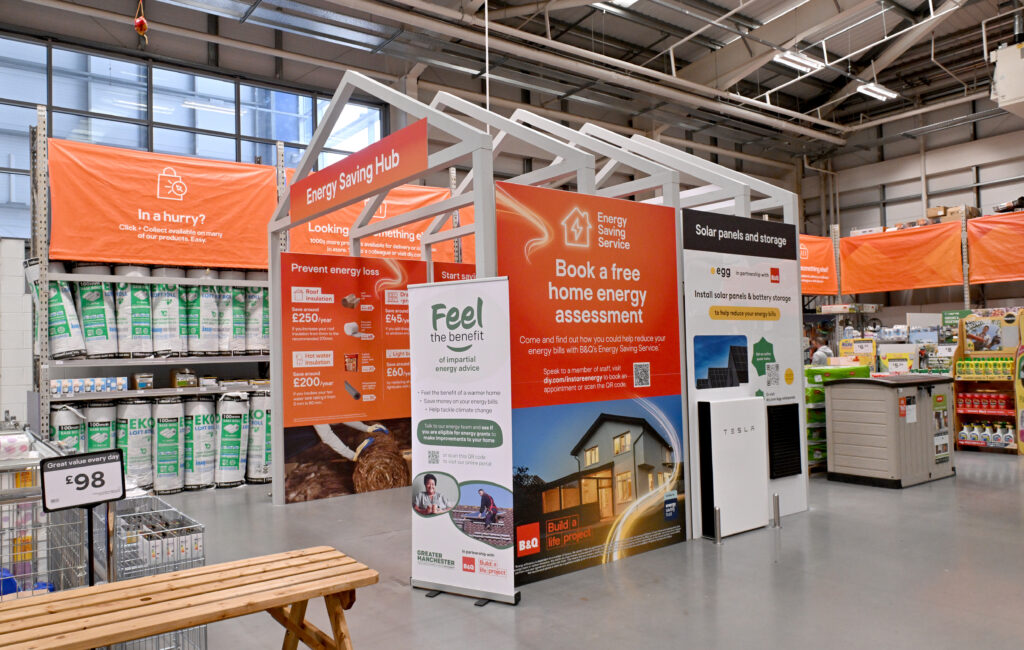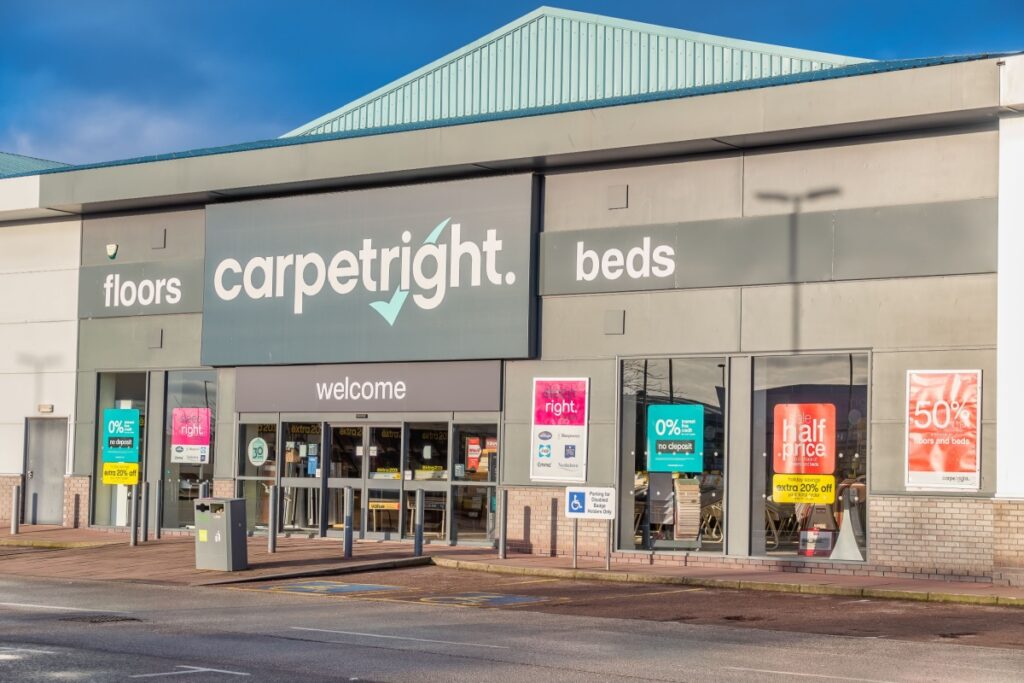In my previous article, ‘Getting online delivery right‘‘, I looked at the highs and lows of online delivery – how the internet has shaped consumer purchasing behaviour, and how retailers have had to adapt their supply chains to meet the logistical demands of this new shopping platform.
This month, I want to focus on how the retail landscape has changed since 2010, and what impact this has had on Christmas shopping and the traditional Boxing Day rush.
British shoppers are ahead of the curve when it comes to online shopping, with the UK being the biggest nation of web shopaholics, according to Ofcom‘s latest International Communications Market study.
Long gone are the days of traditional Christmas shopping, with shoppers elbowing their way through crowds on Oxford Street, umbrella in hand, battling the Great British weather. People now shop around convenience – the capabilities of the internet mean that consumers‘ shopping preferences are slowly shifting away from bricks and mortar to online retailers. In particular, it is the internet‘s time saving ability which will continue to drive sales over the festive period, as the internet does not run on a 9-5 basis, nor does it shut over Christmas.
While Selfridges closes on Christmas day, the doors to the internet stay open – the flexibility of online means that there are no longer days off for retail now. Shoppers are barely finishing off their turkey before turning to their laptops, iPads and smartphones to spend their Christmas money. 24/7 universal access to goods means that the traditional Boxing Day rush is a thing of the past; Boxing Day now begins on Christmas Day, as retailers rush to put their sales up online.
But this year with prices slashed by up to half both online and offline, will we see as much consumer interest in post Christmas sales, or are consumers all spent out?
The fall in retail trade has been highlighted most recently in the Mary Portas review, entitled Understanding High Street Performance, which reports retail spending in town centres has fallen to 42 per cent from 49 per cent in 2000 and is projected to fall a further 40 per cent by 2014. As a result, Portas is campaigning against out-of-town shopping developments, with hopes to introduce ‘Market Day‘ to help drive traffic back to town centres.
However, the expansion of services allowing people to order online and collect from local stores is luring shoppers back to the high street. A number of click & collect services have been launched recently by well-known retailers, including leading department store groups John Lewis and Debenhams. The hope is that in store kiosks or screen technologies will meet the expectations of the modern, savvy shopper, and ultimately drive sales, improve customer service, and create a sustainable competitive advantage.
Debenhams‘ internet-enabled touch screens, branded Debenhams Extra, enable shoppers to increase their knowledge of the retailer‘s branch lines, check stock and order goods while on the shop floor. The move is part of the retailer‘s ongoing strategy to extend its multichannel offering, bridging the capabilities of in store with its wider offering. Customers can enjoy a new, diverse retail experience with universal access to information and an infinite shelf. Looking ahead to next Christmas, I am confident that we will see more retailers following Debenhams and choosing to embrace multichannel retailing. With this in mind, it is fair to suggest that e-retail is no longer just online; e-retail is now in store and will continue to stay in store as part of a richer, multichannel retail
RELATED STORIES

















